Torenia: types and features of cultivation
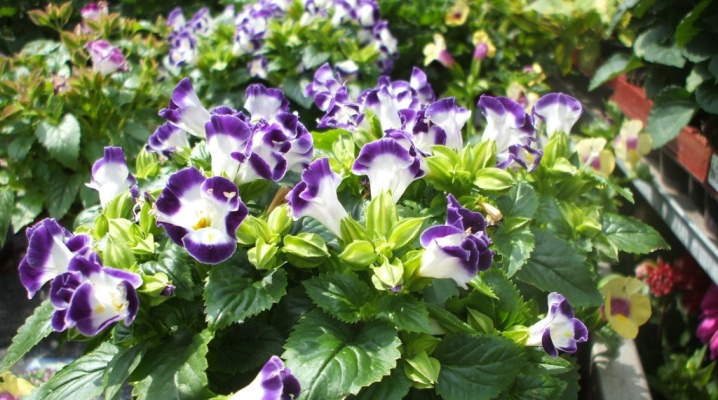
Torenia has become widespread in our area. The homeland of this exotic beauty is the African tropics. The plant attracts attention with its original inflorescences. The shape of the flower is tubular, outwardly reminiscent of the well-known bell. The genus of Torenia includes more than 40 plant species. Usually the flower is cultivated as an annual. When breeding torenia in indoor conditions or in a greenhouse, its lifespan is extended by several years. In care, such a bell is unpretentious and quite resistant to various diseases. In the article, we will consider the characteristics of the plant and the methods of cultivation.
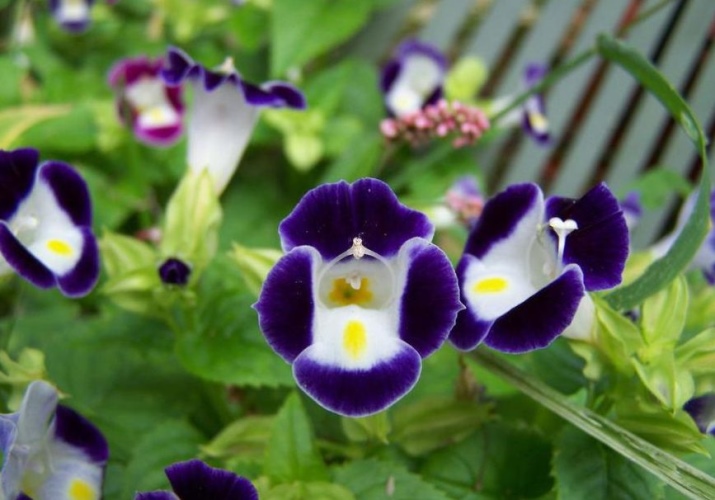
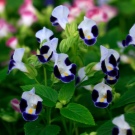
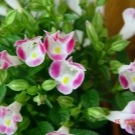
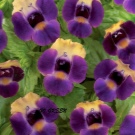
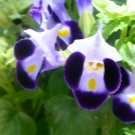
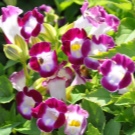
general description
Torenia stands out among the huge number of flowers for its original appearance. This herbaceous annual belongs to the Norichnikov family. The plant forms a small lush bush with branched creeping stems. The height of an adult torsion can reach 30 centimeters. The petals of a tropical plant have a wide variety of colors: from delicate light shades to rich dark ones. The arrangement of lanceolate leaf plates is alternate. They have an elongated shape. The edges of the leaves are smooth, and their tips are slightly pointed. The leaves are painted in a conspicuous green color, and their veins are a tone lighter.
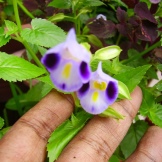

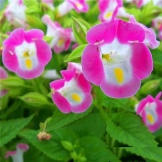

To date, specialists have bred many varieties of this plant. Many of them are partially spotted. There are also varieties with two or even three colors. Due to its decorative properties, the exotic flower is often used to decorate home gardens or recreation areas. Torenia flowers bloom at the end of the last summer month. Violent flowering continues until the autumn cold, after which oblong fruits appear in place of the faded inflorescences.
The plant can be grown both outdoors and indoors.


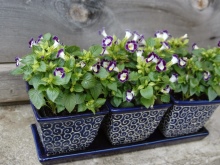
Overview of species and varieties
Many varieties and hybrids of an exotic plant have been bred by gardeners. On backyard beds and in parks, it is most often used yellow or dark purple torenia, as well as Fournier... It is difficult to determine the flower by species; usually, when choosing, they are guided by the color of the bushes.
For cultivation in the garden and indoors, different types of torenia are used. However, their flowering has many similarities and cannot but please its owner.
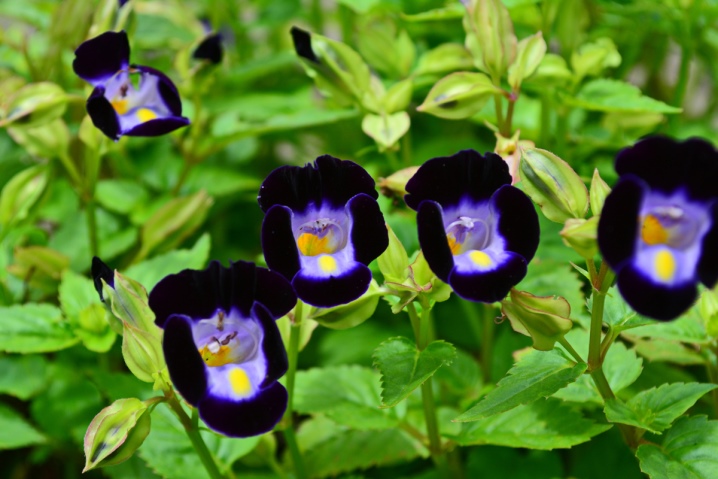
Gardeners distinguish 3 main plant varieties.
- Torenia is yellow. The inflorescences of the plant are colored yellow, the middle is purple, and the lower part has a darker stripe that looks like a tongue.
- Torenia is dark purple. Small flowers of a tubular appearance are colored purple. The arrangement of flowers is single. The opposite leaves are pointed towards the end, and their edges resemble a Christmas tree. The shoots of the bushes are elongated.
- Torenia Fournier. This variety is considered the most popular. Bushes have branching shoots. Long ovoid leaves. Lips and petals are often paired with vibrant blues and purples. Fournier is suitable both for growing on a personal plot and in the house.
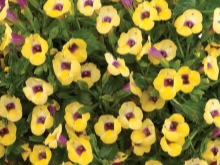

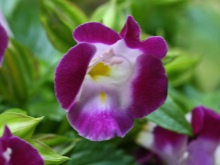
The latter variety of torenia includes many subspecies that are often used in landscaping or grown indoors.
- Quai Burgundy. These annuals are very compact in shape: they grow up to 25 centimeters in height.The leaves of the bushes are lush, and flowering lasts quite a long time. Inflorescences have a peculiar shape and color scheme. It tolerates high temperatures and drought well.
- "Cauai Mix". This variety is early flowering. A large number of flexible branches form lush compact bushes up to 20 centimeters high. Due to its decorative properties, it often decorates balconies, usually grown in pots. Flowering continues for a long period of time. The ejection of buds is wavy.
- "Lemon lollipop"... Lush leaves are attached to the even stem of the bush. The plant is covered with a huge number of flowers. The size of such a torsion is very compact. Tropical flower blooms for a long time. The petals are white and stained with lemon shades.
- Lemon Drop. This annual has a spectacular appearance. Lush foliage and branched shoots form a compact, globular bush. The height of an adult plant is 20 centimeters. The flowers are painted in a delicate white color and are decorated with a rich lemon spot. Such flowers are grown both in indoor pots and in garden beds. The plant is often used for group planting.
- "Duchess". The plant is a fast-growing plant, reaching a height of 20 centimeters. The small bush has lush foliage, the flowering period begins early and lasts quite a long time. The flowers have a tubular shape, are painted blue with a lilac tint, there is a spot on the lower “lip”.
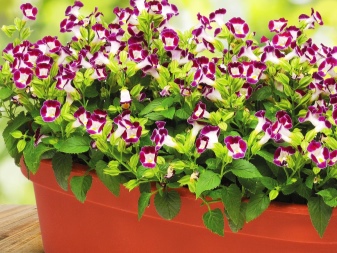
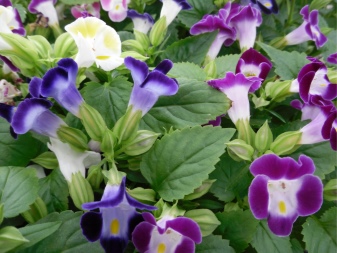
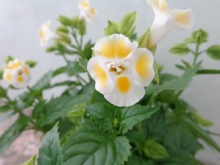
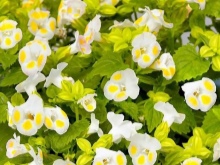
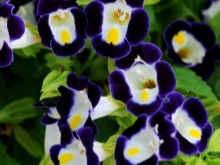
Landing
The planting of this exotic flower must be treated very carefully due to its fragility and tenderness. It is not recommended to leave seedlings in the garden in advance. An exception may be the complete absence of night frosts. A young plant is very sensitive to low temperatures, so that even the slightest possibility of cold weather can destroy it. Therefore, planting torenia should be done at the beginning of summer.
The tropical beauty is very fond of fertile soil with good air filtration.
Loamy or sandy loam soil is best suited for growing such flowers.
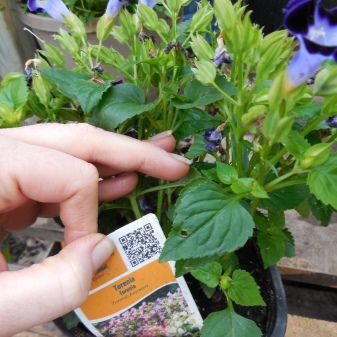
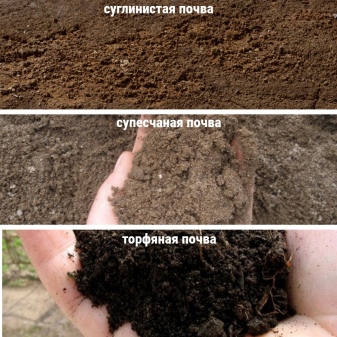
Torenia is very demanding on lighting. Therefore, the seat should be well lit, but direct sunlight should not be allowed. This factor can destroy the plant even at the initial stages of development. In shaded areas, the bushes grow quickly, but they cannot please their owner with abundant flowering.
For the above reasons, it is recommended to select a slightly shaded footprint. The site must be well protected from even the weakest wind or draft.
A soil mixture for planting unusual torenia can be obtained by mixing equal amounts of garden soil with river sand. The distance between seedlings should be at least 15–20 centimeters. When planting flowers in plastic boxes, for example, the planting thickens a little, but the distance between the seedlings should still be 10 centimeters. After planting, the soil is moistened, but water should not get on the leaves of the torenia.
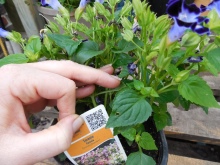
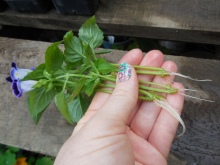
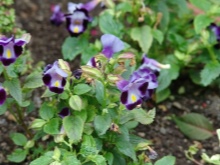
Care
In leaving, a tropical flower is practically unpretentious and requires a minimum of attention. The main thing is to carefully observe the plant in order to prevent the appearance of pests on it, to take preventive measures against diseases, to fertilize and water as needed. The soil around the plant needs periodic mulching. The area around the treading should be regularly cleaned of weeds.
The plant does not need a transplant, unless there are serious reasons in the form of infections with various dangerous viruses.
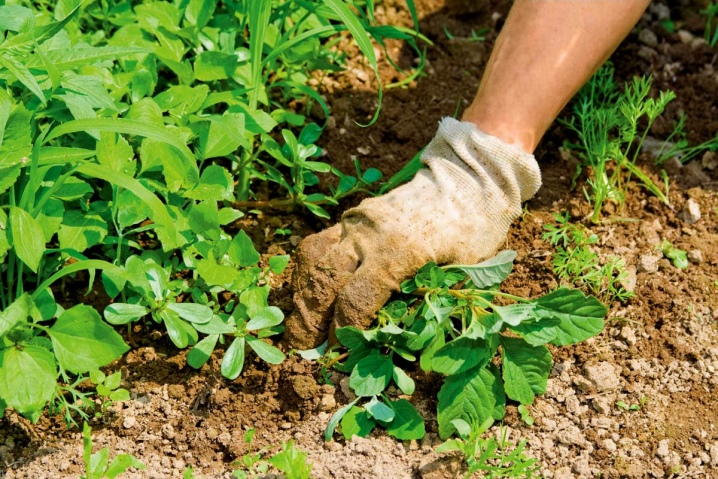
Watering
In the summer, the plant must be watered regularly, and in the winter, moisture is minimized. It is impossible for water to fall on the flower buds during watering - only the soil is moistened. Stagnant water can lead to decay of the root system.Therefore, after moistening, the soil around the bushes must be loosened.
If the plant is grown at home, then it is necessary to provide it with a high level of air humidity. Spraying will not be enough, but the presence of wet drainage at the bottom of the pot will be an excellent way out of the situation. Dry indoor air will negatively affect the health of the toria and lead to the appearance of spider mites.
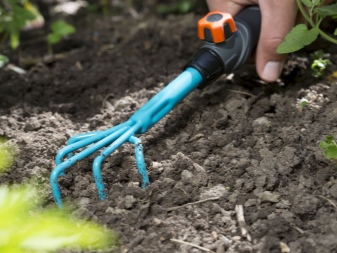
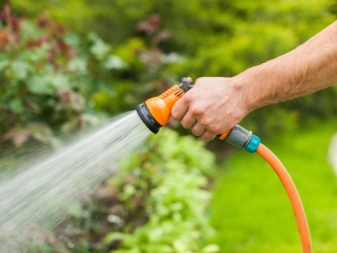
Top dressing
The plant needs regular fertilization with nutrients. This process must be carried out at least once every two weeks. It is best to purchase formulations designed for flowering plants. It is recommended to fertilize torenia together with its watering. Complex fertilizer must be dissolved in water and moistened with the resulting liquid. This method will speed up the effect of feeding.
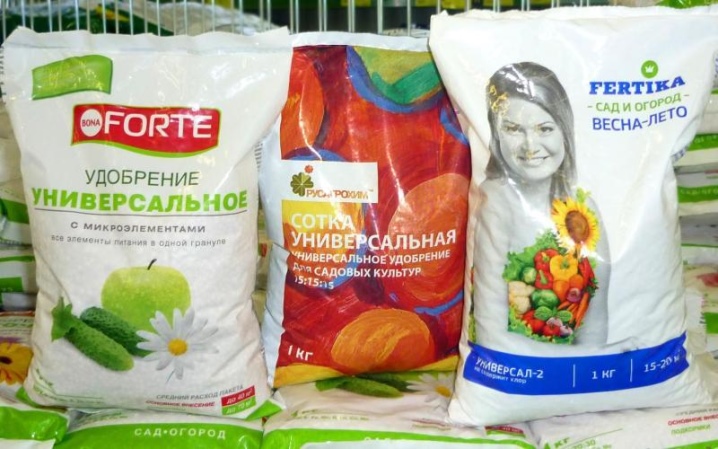
Pruning
When the length of the sprout has reached 8 centimeters, you can carry out the first pinching. After transplanting young bushes into open ground or into a pot, the upper part of the shoots is pinched. This way, the torrents will be able to bite faster. If there are damaged or unhealthy items, a removal process must be performed. Globular shrub varieties must be kept in shape by carrying out formative pruning.
This procedure is carried out in June during the growing season of the plant.
Bloom
The main thing is to water on time, loosen the soil, uproot weeds so that they do not interfere with the growth and development of buds, and subsequently their release. With this care, the wilting process will occur on time, which, in turn, will accelerate the formation of new buds. To improve the quality of inflorescences, torenia is fertilized with potassium-based dressings.
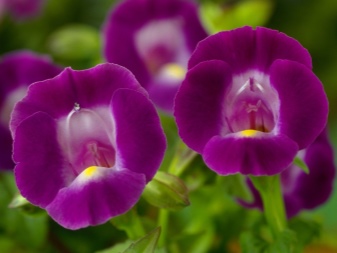
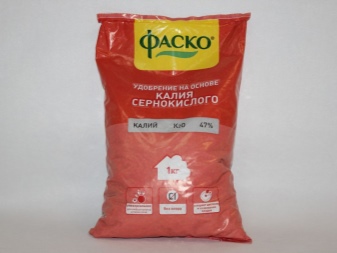
Wintering
Our plant is usually cultivated as an annual. The thing is that torenia (due to its exotic origin) is a heat-loving flower and does not tolerate winter frosts. In the fall, before the onset of cold weather, you should collect all the seeds from the fruits, cut off the green part of the bush, and carefully remove the roots from the ground.
If toria is grown indoors, then during cold weather the room temperature should not drop below 15 degrees.
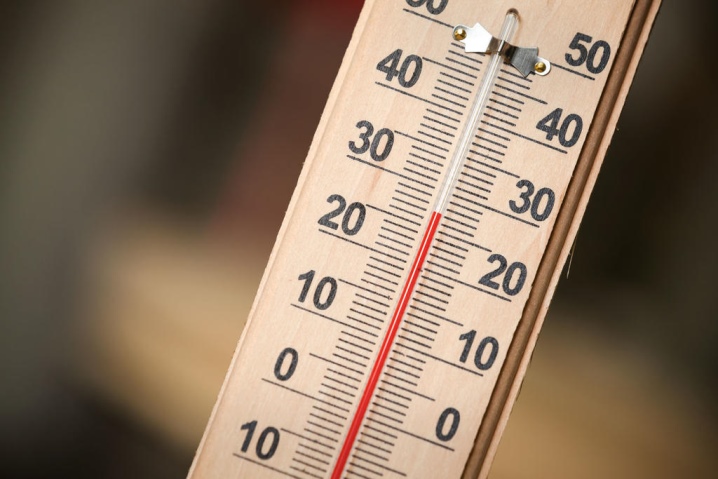
Reproduction methods
There are two main methods for breeding tropical torrents at home.
- Growing from seeds. Sowing planting material is recommended in early spring. For this, you will need small containers at least 10 centimeters high. The container must have a drainage hole. This is necessary in order to prevent stagnation of water at the rhizome of the bushes. If there are no holes, you need to make them yourself. The soil mixture is poured into the container and well moistened. Then you should make small depressions corresponding to the length of the container. The maximum distance between them is 5 centimeters. The space between seeds planted in the same row should not exceed 3 centimeters. After sowing the planting material, the containers are covered with glass and placed in a plastic bag. Such a greenhouse will be an excellent growth stimulator for seeds. The seeds are buried half a centimeter into the soil.
You need to store containers with future torrential in a warm place, the temperature should be at least 22 degrees. The first shoots appear as early as the third week after sowing.
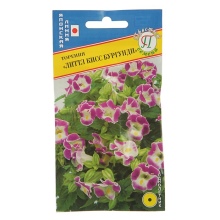

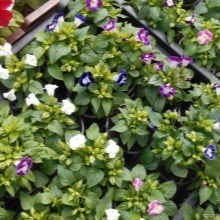
- Cuttings... Planting material can be obtained after pruning the plant. The optimum length of the cuttings is 7 centimeters. Shoots are planted in perlite or vermiculite. From time to time, the seedlings need to be watered. After a few weeks, the root system is formed. With this method of reproduction, the new flower receives all the varietal qualities of the mother plant. After the bush is fully formed, it can be planted in garden beds or hanging pots. The second option is perfect for decorating a loggia or an open veranda.Torenia can also be transplanted into indoor pots and decorated with a tropical plant around the windowsills of your home.
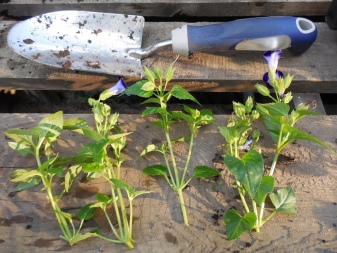
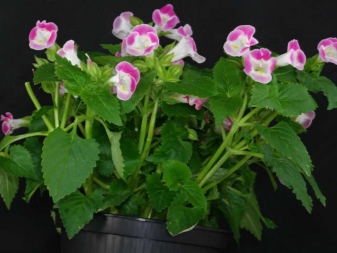
Diseases and pests
In the process of cultivating torenia flowers, there are practically no problems with the health of the plant. This exotic bell has a high level of pest resistance and almost never gets sick.
The only parasite that can harm a shrub is a fungus. When this infection occurs, leaves and branches are most damaged.
If the plant is not properly watered, complications can also arise. Moisture stagnation can negatively affect the rooting, and its root system will begin to rot. If this disease still affects the bushes, it is necessary to treat them with a fungicidal solution.

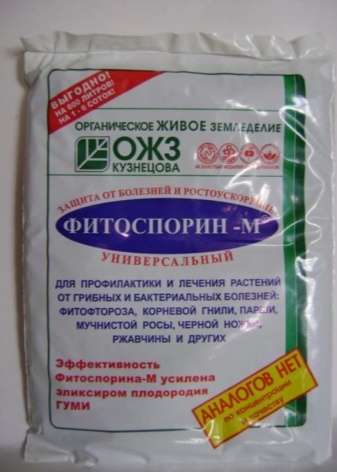
As mentioned earlier, dry indoor air can negatively affect the health of the flower. It weakens and is attacked by a spider mite. To get rid of pests and restore the flower, it is recommended to regularly spray it with a medicinal product. For this purpose, gardeners usually use a solution based on essential oils: 10 drops per 1.5 liters of water.
All of the above reasons are caused by violations of the rules of caring for torenia. Therefore, ensuring normal conditions for keeping is an excellent prevention of diseases for the plant. The key to the successful cultivation of a tropical beauty is regular soil moistening, constant feeding and the exclusion of water from entering the leaves of the bushes.
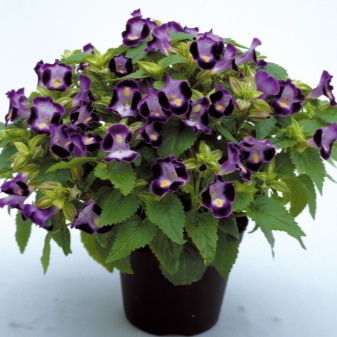
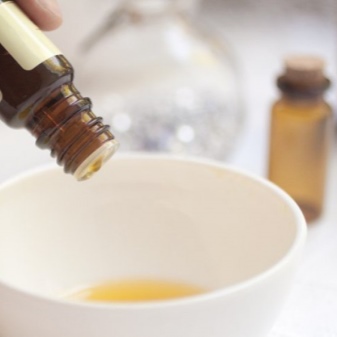
See below for instructions on how to grow Torenia at home.







































































































The comment was sent successfully.